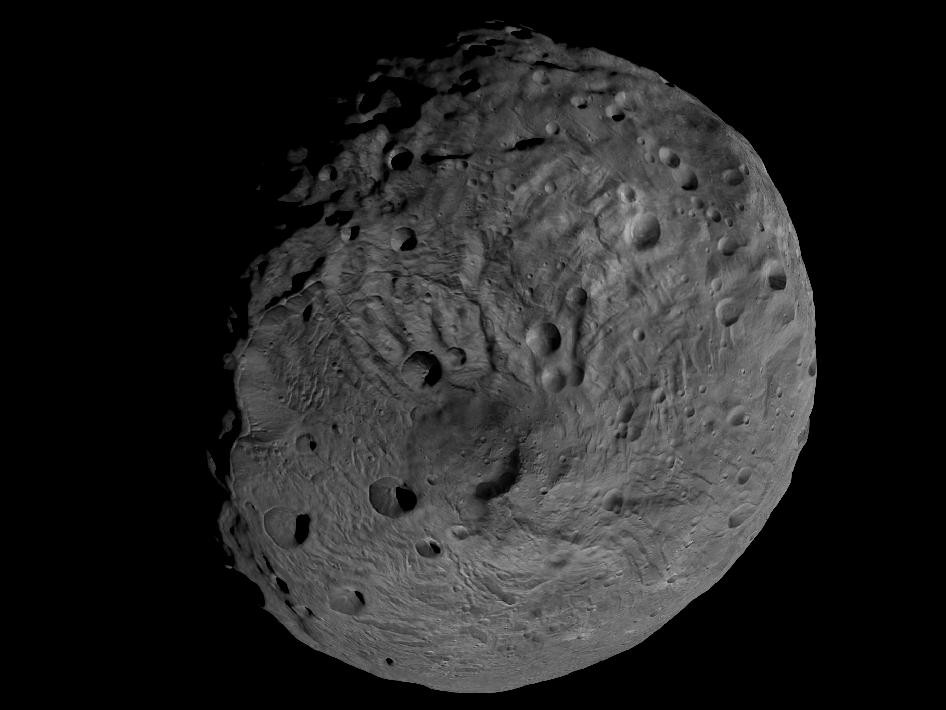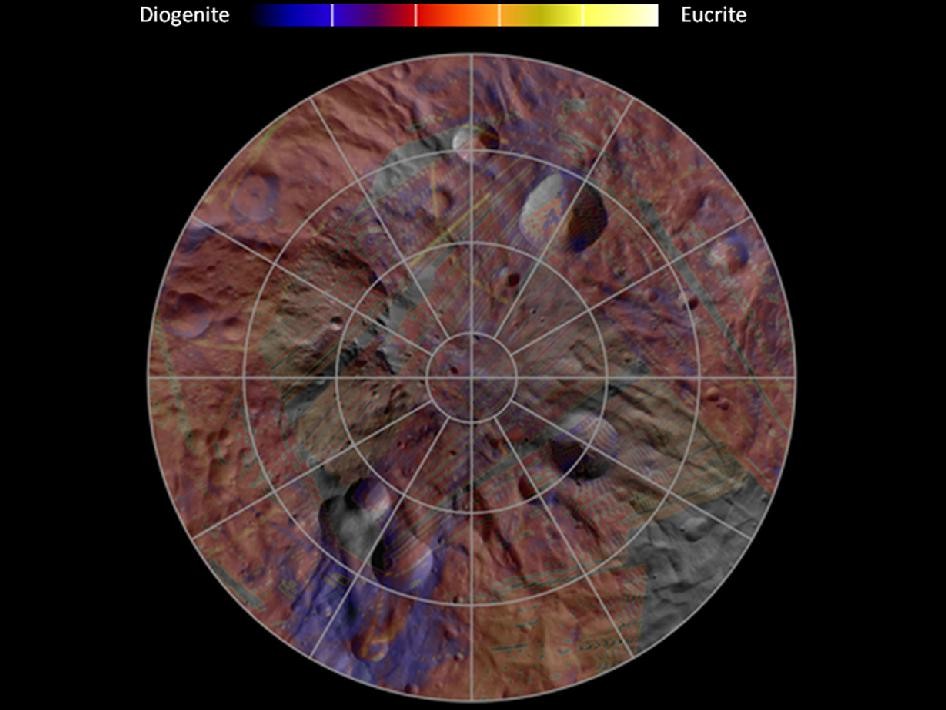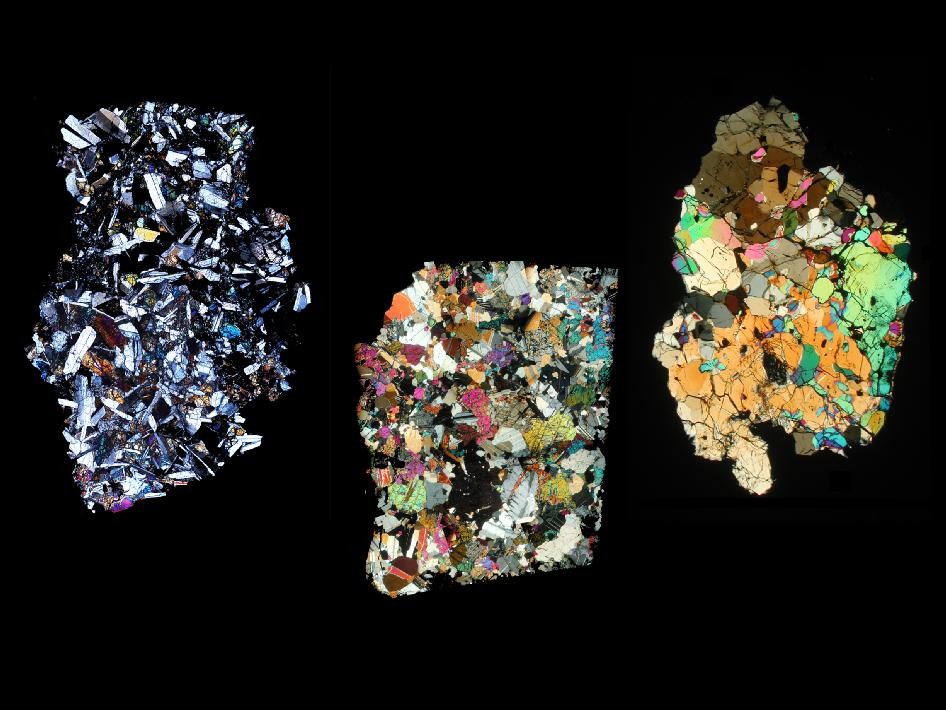Giant Vesta Not an Asteroid But a Small Planet, Says Nasa [PHOTOS]
Nasa scientists have discovered that the giant Vesta is a small planet, not an asteroid. They claim that Vesta will give them more clues to the creation of terrestrial planets and the earth's moon.
Using Nasa's Dawn spacecraft, scientists have found that Vesta contains important planetary building blocks as well as some essential minerals.
Scientists have also found a unique pattern of minerals on Vesta that shows that the asteroid was once a planet. These minerals were exposed by deep gashes created by space rock impact which may support the idea that the asteroid once had a subsurface magma ocean. A magma ocean occurs when a body undergoes almost complete melting, leading to layered building blocks that can form planets. Other bodies with magma oceans ended up becoming parts of earth and other planets.
"Dawn's visit to Vesta has confirmed our broad theories of this giant asteroid's history, while helping to fill in details it would have been impossible to know from afar," said Carol Raymond, deputy principal investigator at Nasa's Jet Propulsion Laboratory in Pasadena. "Dawn's residence at Vesta of nearly a year has made the asteroid's planet-like qualities obvious and shown us our connection to that bright orb in our night sky."
According to the scientists, Vesta's Rheasilvia basin in the southern hemisphere is much higher and wider, relative to its crater size, than the central peaks of craters on bodies like our moon. Vesta bears some similarities to other low-gravity worlds like Saturn's small icy moons, and its surface has light and dark markings that do not match the predictable patterns on earth's moon.
"We know a lot about the moon and we're only coming up to speed now on Vesta," said Vishnu Reddy, researcher at the Max Planck Institute for Solar System Research in Germany and the University of North Dakota in Grand Forks. "Comparing the two gives us two storylines for how these fraternal twins evolved in the early solar system."
The scientists have now found those two giant impacts that pounded Vesta's southern hemisphere and created the basin Veneneia approximately two billion years ago and the Rheasilvia basin about one billion years ago. Rheasilvia is the largest impact basin on Vesta.
"The large impact basins on the moon are all quite old," said David O'Brien, a Dawn participating scientist from the Planetary Science Institute in Tucson, Ariz. "The fact that the largest impact on Vesta is so young was surprising."
Another shocking discovery was that some meteorites found on earth actually originate from Vesta. They found some minerals such as iron and magnesium on those meteorites; these minerals match those of rocks on Vesta's surface.




© Copyright IBTimes 2024. All rights reserved.






